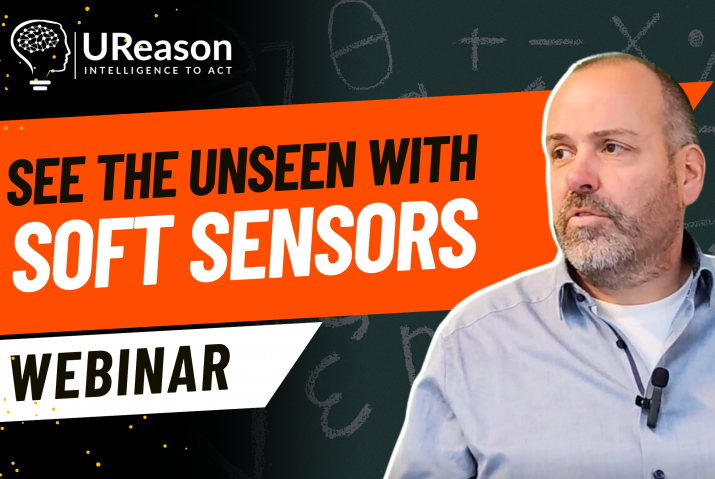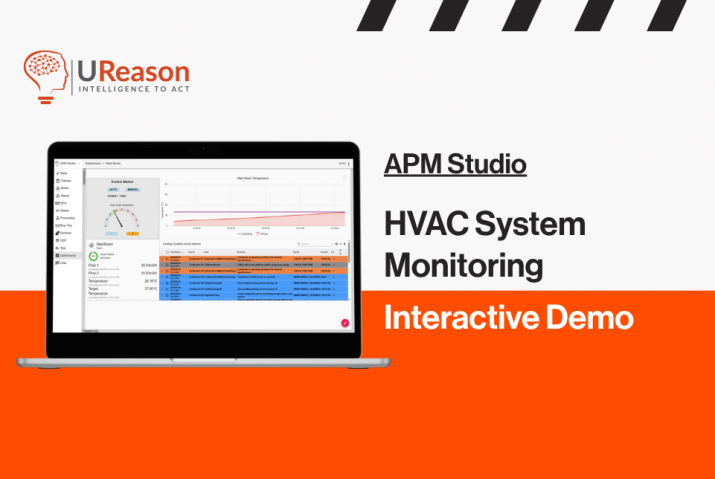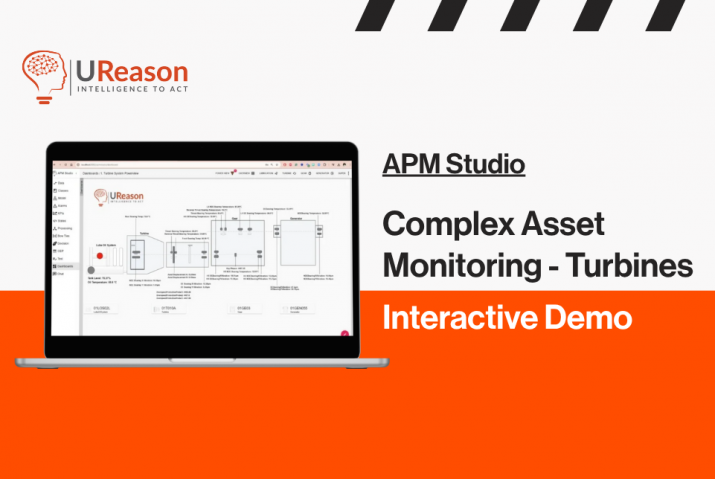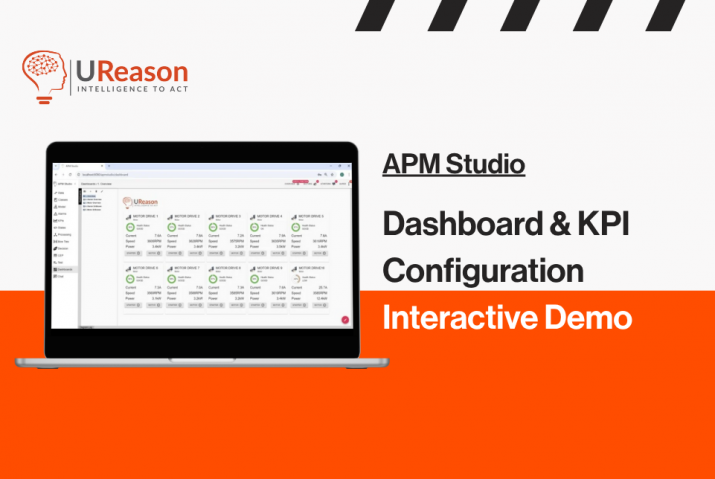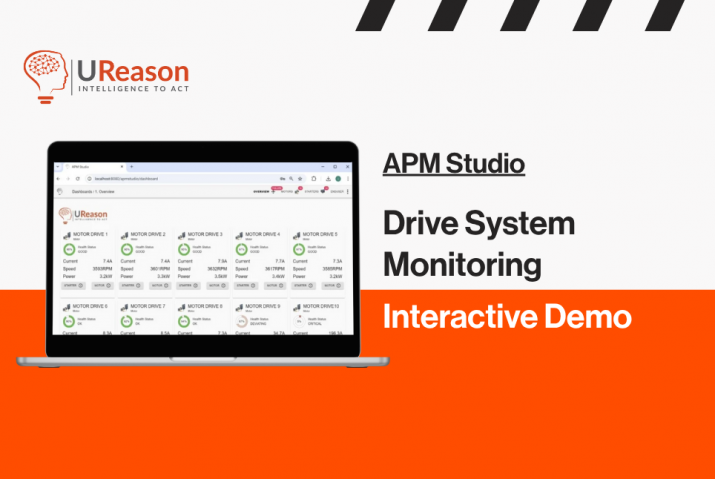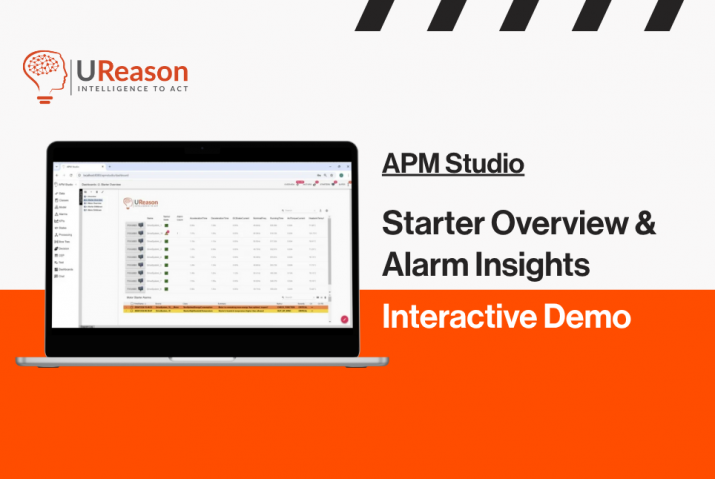Managing a large number of control valves from different manufacturers, models, types and ages at a refinery, chemical plant, pharmaceutical plant etc. involves several organizational perspectives to ensure effective and efficient operations, especially considering the scarcity of people and knowledge.
Some key considerations when you manage a large fleet of control valves:
1. Centralized Management: Establish a centralized view on of your control valves (on your maintainable assets). If you do not already have an EAM or CMMS in place it sincerely helps! It can track the status, maintenance history, and performance of each control valves across your site(s). EAMs/CMMSes we often come across are: UpKeep, Fluke’s eMaint, IBM’s Maximo, SAP-PM, IFS-Ultimo and Infor.
2. Standardization: Standardize control valve specifications where feasible. This helps streamline maintenance procedures, reduces the variety of spare parts needed, and simplifies training requirements for personnel.
3. Cross-Functional Teams: Form cross-functional teams that include individuals with expertise in instrumentation, process engineering, and maintenance. This collaborative approach ensures a comprehensive understanding of control valve systems and facilitates effective problem-solving. Note also that you can use our FMEA Handbook to jumpstart/enhance your initiatives!
4. Training and Knowledge Transfer: Implement training programs to address the scarcity of people and knowledge. Develop a knowledge transfer plan to ensure that experienced personnel can share their expertise with newer team members. Leverage external training resources and collaborate with control valve manufacturers for specialized training.
5. Risk-Based Maintenance (RBM): Implement a risk-based maintenance strategy. Prioritize maintenance efforts based on the criticality and impact of control valve failures on overall refinery operations. This approach optimizes resource allocation and focuses efforts on the most crucial components.
6. Condition Monitoring and Predictive Analytics: Leverage condition monitoring technologies and predictive analytics. Implement sensors and monitoring systems that provide real-time data on control valve performance. Predictive analytics can help anticipate maintenance needs and reduce the reliance on reactive approaches. Here our Control valve App supports you in monitoring the risks on a continuous basis.
7. Outsourcing Maintenance Services: Consider outsourcing certain maintenance tasks to specialized service providers, there a quite some out there like: WISAG, Score Group, Team, Veenstra and many more. This can be particularly beneficial for routine maintenance activities, freeing up internal resources for more strategic and knowledge-intensive tasks.
8. Documentation and Knowledge Management: Establish robust documentation practices. Maintain comprehensive records of control valve specifications, maintenance histories, and any modifications made. Implement a knowledge management system to store critical information that can be easily accessed by relevant personnel.
9. Long-Term Planning: Develop a long-term plan for control valve upgrades and replacements. Consider the overall lifecycle of control valves and plan for strategic replacements or upgrades to modern technologies. This can help prevent obsolescence issues and align with the refinery’s long-term goals.
10. Vendor Management: Maintain strong relationships with control valve manufacturers and vendors. Stay informed about updates, recalls, and advancements in control valve technologies. This relationship can also facilitate access to manufacturer-specific training and support services.
11. Continuous Improvement: Foster a culture of continuous improvement. Encourage employees to identify and implement process enhancements, automation solutions, and efficiency improvements in control valve management.
12. Regulatory Compliance: Ensure that control valve management practices align with regulatory requirements. This includes documentation, testing, and adherence to safety standards.
By adopting these organizational perspectives, the refinery can navigate the challenges associated with managing a diverse array of control valves, mitigating the impact of knowledge scarcity, and optimizing overall operational performance.

